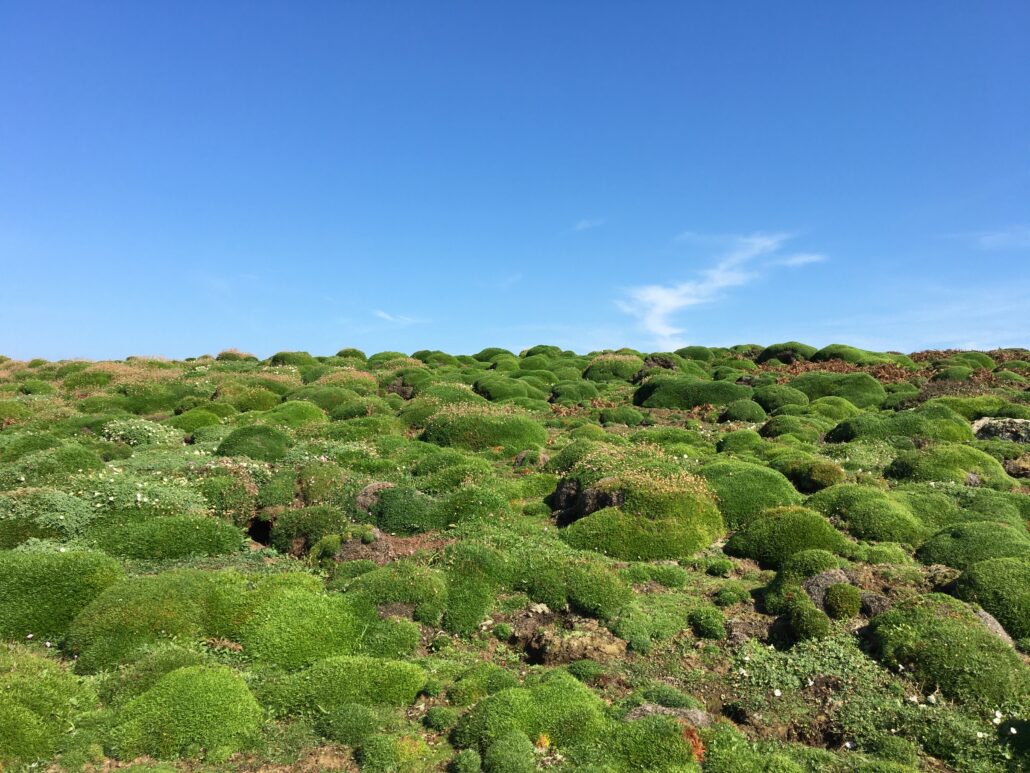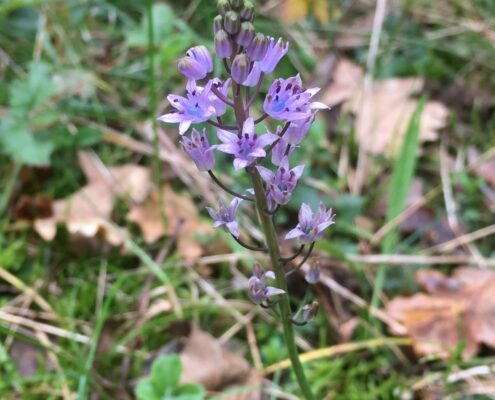 https://greenmarked.it/wp-content/uploads/2024/07/Bleachedcoral.jpg
768
1024
Paula Ruiz del Coro
https://greenmarked.it/wp-content/uploads/2022/01/LOGO-GREENMARKED-SITO-600x600.png
Paula Ruiz del Coro2024-07-01 22:02:332024-07-01 23:12:42The High Seas Treaty: Protecting Oceans’ Biodiversity
https://greenmarked.it/wp-content/uploads/2024/07/Bleachedcoral.jpg
768
1024
Paula Ruiz del Coro
https://greenmarked.it/wp-content/uploads/2022/01/LOGO-GREENMARKED-SITO-600x600.png
Paula Ruiz del Coro2024-07-01 22:02:332024-07-01 23:12:42The High Seas Treaty: Protecting Oceans’ BiodiversityMarch 03, 2024

A light scratch of rock, a shuffle, and multiple flaps. A Manx Shearwater (Puffinus puffinus) is becoming familiar with her newly elevated scene – a small boulder cropping out of a burrowed landscape. Surrounding her, protected by the darkness of night, a colony of around 350,000 breeding pairs go about their evening activities. There is a surreal symphony of calling, squawking and wailing, a haunting “oo-oo-oo-klee-ar” that reverberates from all directions. Together, these cumbersome individuals create a scattered hive of activity: foraging adults returning to hungrily waiting chicks, a cacophony of noisy social interaction, and a jittery vibration of ground-slapping wings as chicks prepare for their upcoming fledge.
Our flappy protagonist is perched on a boulder fondly referred to as the “Sir David Attenborough rock”, famed for its feature in the 2023 British nature documentary Wild Isles, and located on Skomer Island off the coast of Wales in the UK. Home to half of the world’s population of Manx Shearwaters, this rat and ground-predator-free site is an oasis for seabirds, including Puffins, Guillemots, Razorbills and Kittiwakes [1]. A lack of ground-predators means the chick’s parents will have one less thing to worry about as they take it in turns to brood and feed their chick, exercising caution to avoid predation by large gulls by foraging at nighttime [2]. Whilst most of the world’s breeding Manx Shearwater population (70-90%) [3] is found around the British Isles, smaller breeding colonies can also been found in Iceland and the Faroe Islands as well as off the coast of Newfoundland and Maine [2]. If lucky, these birds can live up to 56 years and travel over five million miles in their lifetime [4].
Despite their topsy-turvy anatomy and the subsequent unwieldiness of their terrestrial presence, the Manx Shearwater excels in its flying capabilities – gliding low across the surface of the water in a “shearing” flight. Yet elegance on the water is not their only party trick, and even the newly hatched chicks are ready to tango come Autumn. Once they leave the nest and fledge, they will embark on an epic 11,200 km journey across the Atlantic Ocean. Only eight weeks after the cracking of shell, these birds will spend 35 days flying from colonies around the British Isles like the one on Skomer Island, to South American locations such as the Patagonian shelf in Argentina [5].
Along the way, however, a young Manx Shearwater will have to weather a storm of hazards, from the harsh elements and predators to near collisions and even light pollution. Artificial light from tankers and rigs can disorientate the birds, causing some to “ground” after fledging [6]. This means that without help, in an unfamiliar environment, and away from the oasis of burrow-clad and car-free havens like Skomer Island, they may fall prey to predators, injury or starvation. New-moon phases and strong winds can influence this grounding likelihood. The lack of ambient moonlight that would otherwise be present in later moon phases can hinder the birds from steering clear of artificial light [7]. Prevailing winds may also push birds towards artificial light.

Fig. 1: Burrows covering the landscape on Skomer Island (Author. Skomer Island, Sep 2024)
Back on Skomer Island, a researcher is pressed flat down to the side of a burrow, her arm stretching to armpit level into a Manx Shearwater-sized hole-in-the-earth to feel for a chick. Research such as the weighing of chicks before fledging or the use of GPS to track the birds can help to uncover exciting and important information about the lives of this elusive species, who spend most of their time out at sea. This provides us with further insights to the state of the oceans, and in turn can help guide conservation efforts [8]. For example, the use of tiny electronic devices on the backs and legs of Manx Shearwaters to record position and speed data, revealed that birds from all British Manx Shearwater colonies forage in the same part of the Irish Sea. This allows organisations, like the Wildlife Trust of South and West Wales to assess where and whether proposed “Special Protection Areas” are well placed to effectively support this seabird [8]. A three-year research project initiated in 2023 by the University of Oxford is investigating the potential impact of offshore wind farms on Manx Shearwaters due to collision or displacement from foraging areas [9].
On the night in which our young chick is perched on Sir David Attenborough’s rock, the moon is full, lighting up the whole island, and blocking most of the light from the usually bright tankers and oil rigs out in the distance. With the unlikelihood of fledge on such a luminated night, the scene feels particularly poignant, and with a final ruffle and scratch, she makes an almighty flap and soars off into the distance, taking on the immense journey across the Atlantic Ocean.
References
Click here to expand the references[1] Manx shearwater: The Skomer bird which appears after dark. (2018, August 24). Www.bbc.com. https://www.bbc.com/news/uk-wales-45088565
[2] Manx Shearwater. (n.d.). Www.oiseaux-Birds.com. Retrieved January 29, 2024, from https://www.oiseaux-birds.com/card-manx-shearwater.html#:~:text=The%20breeding%20season%20starts%20in
[3] New research to investigate impact of offshore wind farms on UK seabirds. (n.d.). Www.biology.ox.ac.uk. Retrieved January 29, 2024, from https://www.biology.ox.ac.uk/article/new-research-to-investigate-impact-of-offshore-wind-farms-on-uk-seabirds
[4] Animalia (n.d.) Retrieved on January 29, 2024, from Manx Shearwater – Facts, Diet, Habitat & Pictures on Animalia.bio
[5] PressReader.com – Digital Newspaper & Magazine Subscriptions. (n.d.). www.pressreader.com/uk/bbc-wildlife-magazine/20190829/282269552038687
[6] The Manx Shearwater and Light Pollution. (n.d.). Retrieved January 29, 2024, from https://www.pembrokeshireoutdoors.org.uk/wp-content/uploads/2021/08/The-Manx-Shearwater-and-Light-Pollution-Information-Sheet.pdf
[7] Syposz, M., Gonçalves, F., Carty, M., Hoppitt, W., & Manco, F. (2018). Factors influencing Manx Shearwater grounding on the west coast of Scotland. Ibis, 160(4), 846–854. https://doi.org/10.1111/ibi.12594
[8] The loneliness of the long-distance seabird | University of Oxford. (n.d.). Www.ox.ac.uk. Retrieved January 29, 2024, from https://www.ox.ac.uk/research/research-impact/loneliness-long-distance-seabird
[9] New research to investigate impact of offshore wind farms on UK seabirds. (n.d.). Www.biology.ox.ac.uk. Retrieved January 29, 2024, from https://www.biology.ox.ac.uk/article/new-research-to-investigate-impact-of-offshore-wind-farms-on-uk-seabirds
Related articles:
Cover- and preview image: A fluffy Manx shearwater chick. Skokholm Island, Wales, Aug 2018. Free-source photo by Hugh Venables on Geograph










